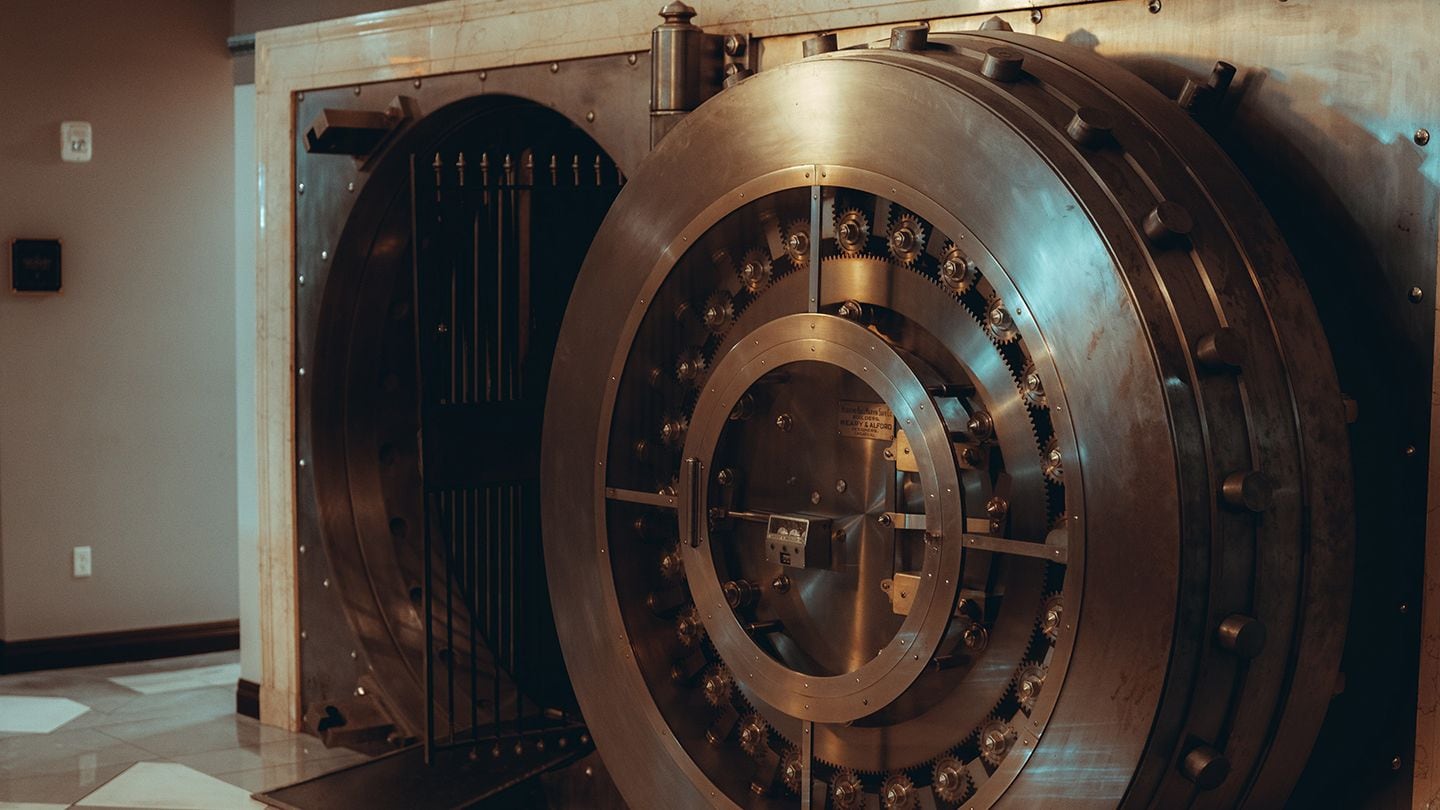On Tuesday, ratings agency S&P published a report examining eight of the leading stablecoins, finding many are deficient.
Arguably, a pegged U.S. dollar stablecoin would not only safely increase the money supply, but actually improve the money supply. In fact, it would enhance U.S. economic growth by splitting our money supply in two.
One part – the pegged stablecoin – would be used to transact faster and cheaper. The other part – the U.S. dollars held in bank accounts – would be used to lower the cost of borrowing USD.
Daniel Wheeler (www.thefintech.lawyer) is an entrepreneur and a lawyer who advises banks, fintechs, and crypto startups.
Only a specific kind of stablecoin would yield these economic benefits. Any coin that promises “yield,” “earnings” or “dividends” is presumably a security and any transaction with that coin would trigger capital gains tax.
Even if the stablecoin was structured like Tether (which S&P negatively assessed) with no yield promised to holders, there likely would be little benefit to the U.S. money supply and economy if the stablecoin’s portfolio of assets was not strictly limited to dollars in a bank account.
The serious, potentially fatal flaw with a stablecoin like Tether is the potential for a “run on the bank.” Any stablecoin that invests in anything other than U.S. dollars in a bank account cannot assure its holders that they can redeem their stablecoin at any time, all at once, and receive 100% of the face value of the stablecoin.
A coin like Tether depends upon the black swan event never happening. A true stablecoin can be sold and redeemed for exactly $1 and is assumed to never fluctuate in value. It does not pay yield and does not appreciate. There is no reason to “hodl” such a stablecoin.
However, it is assumed that stablecoins are faster and easier to transact with and more valuable for transactions than fiat currency. This superior functionality would drive demand, meaning a stablecoin issuer/sponsor could profitably operate the stablecoin by retaining the fiat currency yield paid by the custodian bank for the U.S. dollar deposits.
At the same time, a true stablecoin would not chase the same goods and services as fiat currency because it would be high velocity money only used to transact. The dollar deposits held in a…
Click Here to Read the Full Original Article at Cryptocurrencies Feed…
























